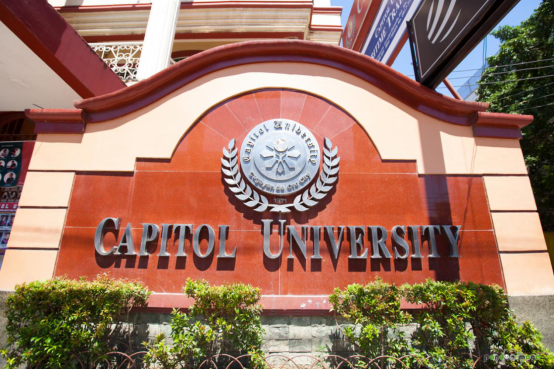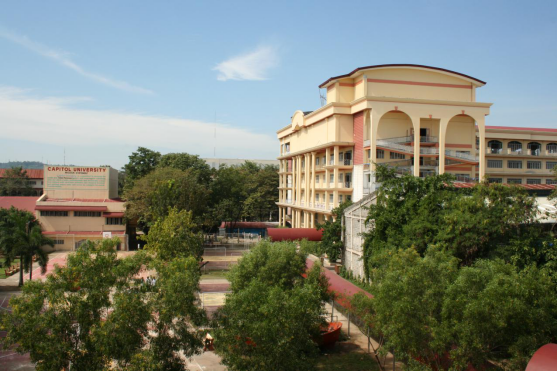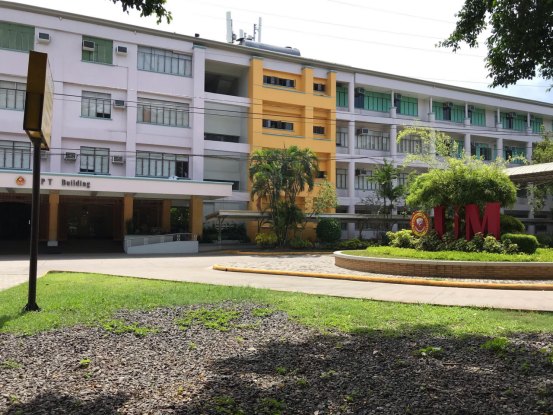Capitol University
Capitol University (CU), established on February 14, 1971, is among five institutions under the Capitol System of Schools. Presently, the university offers such three degree programs of bachelor, master and doctor.
To ensure the quality of its academic standards, the university embarked into accreditation with the Philippine Association of Colleges and Universities Commission on Accreditation (PACUCOA). Presently, the university’s Liberal Arts, Business Administration, Education, Mechanical Engineering, Civil Engineering, Nursing, Nautical Studies and Marine Engineering programs are Level III Accredited, its Graduate programs are Level II Accredited, and its Criminology and IT programs are Level I Accredited. The Quality Standard System of the College of Maritime Education was formerly accredited under the Det Norske Veritas (DNV) rules for Maritime Academy but presently is certified under ISO 2001-2008 standard.
On October 27, 2003 by virtue of CHED en banc Resolution No. 393 series of 2003, Capitol University was granted Deregulated Status in recognition of its quality, integrity and untarnished reputation as an academic institution. Added recognition was vested by CHED when the College of Engineering, the College of Computer Science and the College of Criminology were made Centers of Development, and the College of Education was made the Center of Excellence for Teacher Education. The University was awarded by PACUCOA as one of the top ten Accredited schools in the country, for having the most number accredited programs and was also awarded for having the most number of Level II Accredited Programs in Region X.
Having evolved as one of the premier academic institutions in the country, Capitol University continues its thrust towards excellence in the areas of instruction, research, and extension in order to achieve its mission of developing the youth into “Total Persons.”


The University of Mindanao
University of Mindanao was established in 1946 and is one of the oldest universities in Southern Philippines. It is a non-sectarian school offering the most number of academic programs in this part of the country. It is located in Davao City. The University of Mindanao has 9 campuses and branches in Southern Mindanao. It has a total student population of roughly 32,000 (1st Semester, SY 2020-2021). It is the largest private university in Mindanao and cited as one of the most number of PACUCOA accredited programs in the country today. UM is also the first academic institution in Mindanao with an institutional ISO 9001:2008 Certification. The Commission on Higher Education (CHED) granted an Autonomous Status to UM per CEB Res. No. 076-2009 and Category A (t) Status per CMO No. 09 s.2009.
As its aim of providing education for all, UM became popular not only among middle classes but also to those poor but deserving young dreamers. The Open Education Program in the early 70s enabled the institution to help the poor but deserving college undergraduates employed in the business and factory sites and self-employed to earn a college education. The development of the Matina Campus with new infrastructure side by side with the improvement of the University's image through accreditation with the PACUCOA was pursued with vigor by its founders and the UM family. As the revered historian Josefina C. San Pedro said it, "As each fresh graduate faces the brave new world, equipped and ready, let it be always be remembered that this was how he (Guillermo E. Torres, Sr.) envisioned things to be. His vision of "education for all" is now well entrenched in the university that is continually responsive to the development of the country.

